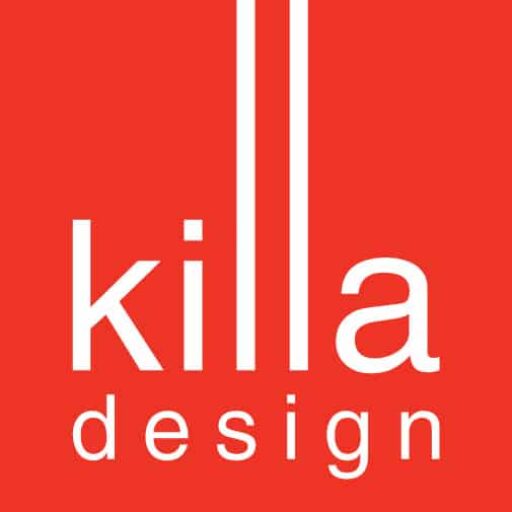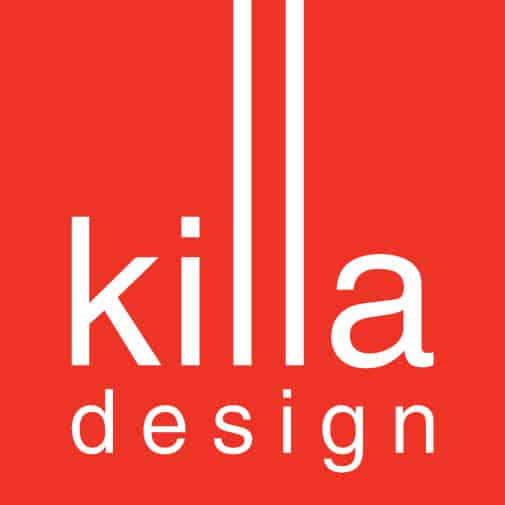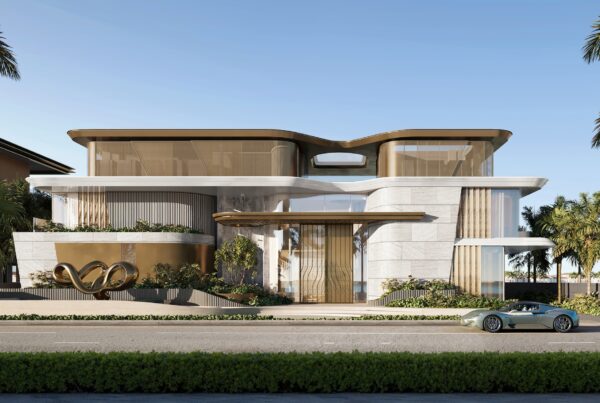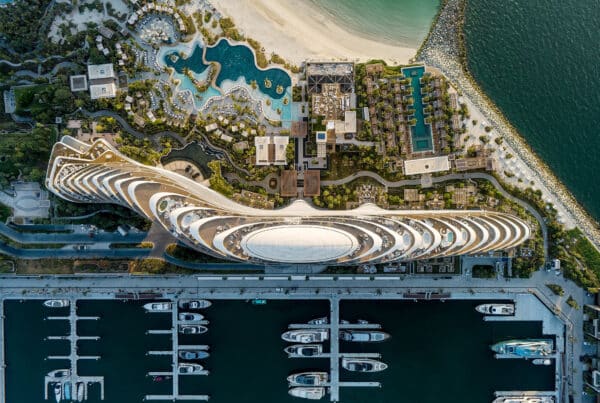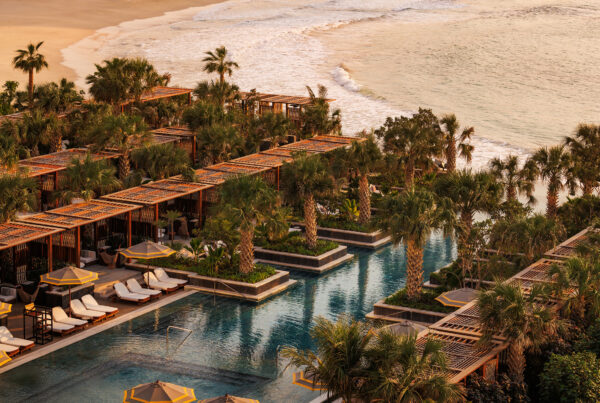From AI in design and green architecture to greater gender equality and the rise of the hospitality sector, the man behind some of the region’s most futuristic buildings shares insights on how the UAE design industry will evolve in the next 10 years
By Shaun Killa | November 2024
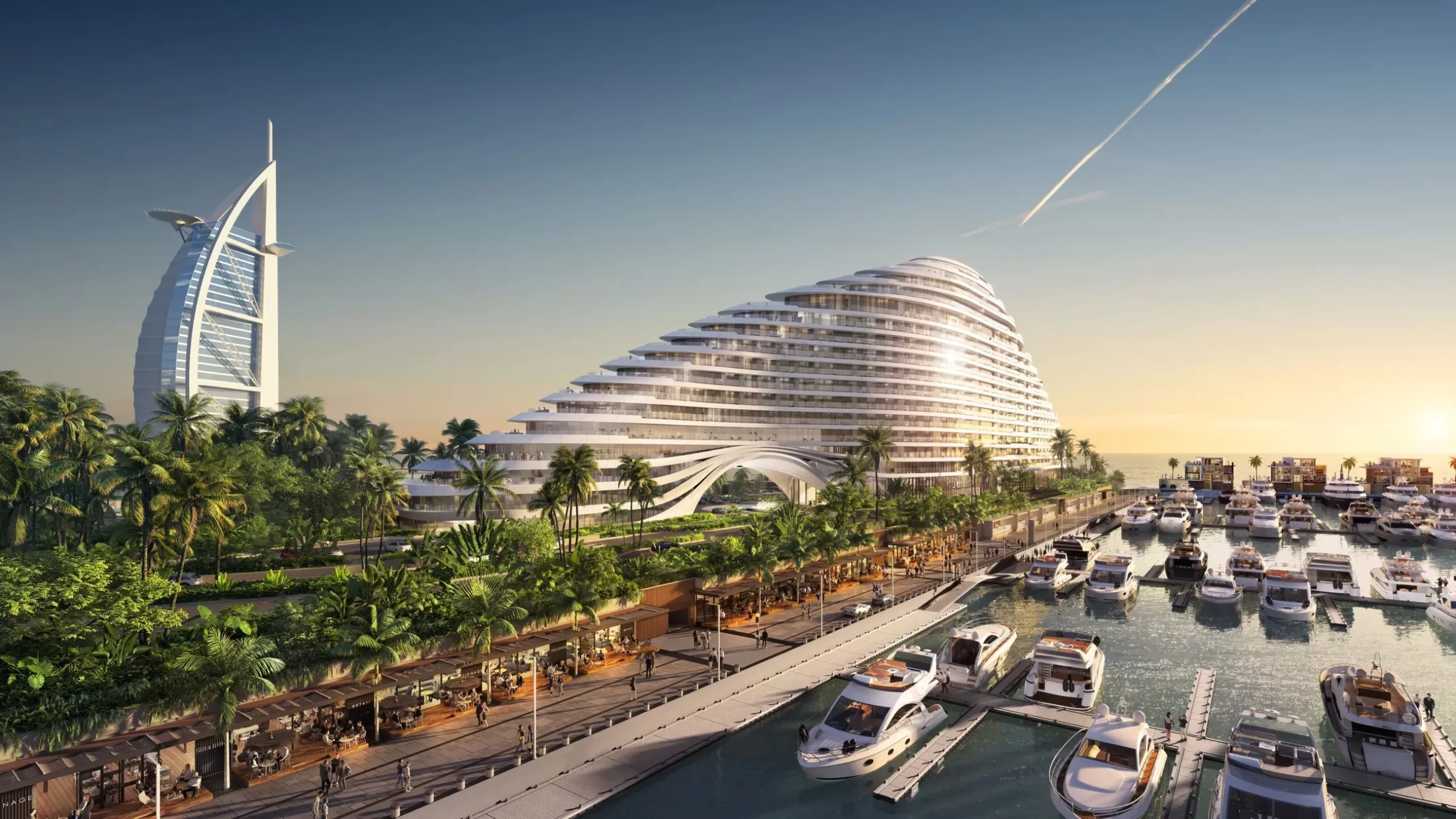
From the world’s tallest building, to the region’s most iconic new museums, architecture in the UAE has always been at the cutting-edge of design and innovation, breaking glass ceilings for what is possible in the built environment. As the architect behind The Museum of the Future in Dubai, a destination dedicated to unravelling the promise and potential of tomorrow, Shaun Killa has his eye of the trends and philosophies that will shape the future of architecture in the UAE and around the Middle East. One of his upcoming projects, the Jumeirah Marsa Al Arab hotel – its sinuous profile inspired by a futuristic superyacht going out to sea – is testament to his vision.
Talking to AD, Killa outlines 5 trends that will shape the future of architecture in the UAE.
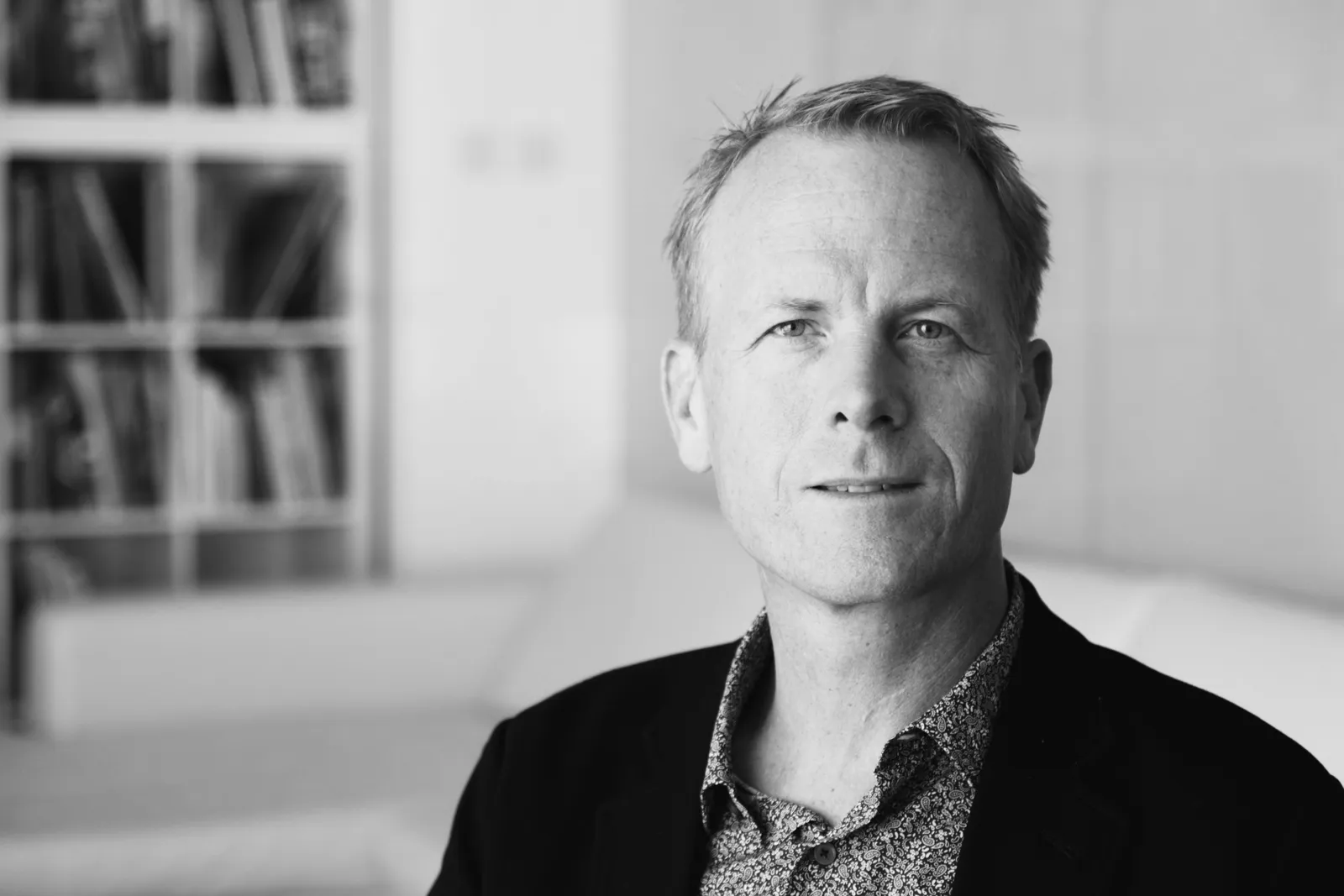
Tech in Architecture
AI tools such as Midjourney, Diffusion, and others are rapidly becoming instrumental in generating architectural concepts, not just in the UAE, but globally. This evolution can be compared to the shift from hand-drawn sketches to CAD, and from CAD to BIM – each of these advancements served as a tool to refine the architectural process. In the past, we relied on precedent images to help clients visualise their design intent. Today, AI-generated imagery offers a new dimension to this, allowing us to explore and refine ideas more effectively. However, it’s crucial to remember that AI cannot replace the core principles of architecture.
Understanding the nuances of site constraints, the client’s vision, context, sustainability, and user requirements are all critical to the architectural process. These elements must be interpreted through a well-crafted, human-centred approach to create architecture that stands the test of time. If these fundamentals are overlooked in favour of AI-driven imagery by less experienced architects, we risk producing buildings that fail to meet functional, budgetary, and sustainability goals, ultimately leading to developments that may not succeed. AI should be seen as a powerful tool to support the rigour of the design process, which still requires careful coordination across disciplines, budget adherence, and a deep understanding of the project brief.
Green Architecture
Sustainable architecture has been at the forefront of our industry for more than a decade, and its importance continues to grow as regulatory bodies, clients, and tenants become more environmentally conscious. The financial and environmental benefits of sustainable development are now widely recognised. The pandemic has further shifted our priorities, emphasising the need for spaces that promote well-being and a connection to nature. This has led to a greater focus on biophilic design, integrating nature into the built environmentto enhance the quality of life. Over the next decade, while we will continue to refine sustainable practices such as passive design, energy-efficient engineering, and renewable energy systems like solar and wind, I believe the most significant change will be the increased efficiency and affordability of solar power. This, coupled with a deeper integration of biophilia and sustainability into the very fabric of our buildings and cities, will shape a future where architecture not only minimises its environmental impact but also actively enhances the well-being of those who inhabit it.
Diversity in the Middle East architecture industry
The architecture industry in the UAE and the Middle East, much like elsewhere, is gradually becoming more reflective of the diverse world we live in. There is a growing recognition that diversity, in all its forms, enriches the design process and leads to more innovative and inclusive outcomes. However, there is still significant progress to be made, particularly in terms of gender and racial representation within the industry.
As a prominent design practice, we believe that fostering diversity starts with creating opportunities. This can be achieved by actively recruiting talent from a wide range of backgrounds and ensuring that our workplaces are inclusive environments where everyone feels valued and supported. Mentorship programs, scholarships, and partnerships with educational institutions can also play a crucial role in nurturing the next generation of diverse architects and designers.
Furthermore, it’s essential to challenge traditional perceptions of who can succeed in architecture. By showcasing the work of diverse professionals and celebrating different perspectives, we can inspire more people from underrepresented groups to pursue careers in the field. Ultimately, a more diverse profession will lead to richer, more varied architectural solutions that better serve our communities.
Sector Growth
Over the next five years, we anticipate significant growth within the residential and mixed-use sectors of the built environment. The demand for proximity to the workplace, coupled with an increased focus on quality of life, sustainability, and access to green spaces, is driving this trend. People are seeking more integrated, mixed-use environments where work, leisure, and daily conveniences are seamlessly connected. This shift is also linked to the growth of the hospitality industry, where branded residences and high-quality services are becoming increasingly desirable.
As more people seek a lifestyle that combines convenience with luxury, we’ll likely see a move away from urban sprawl due to concerns about traffic congestion, sustainability, and quality of life. Instead, there will be a trend towards densification, with developments focusing on high-quality, multi-family living, and “villas in the sky” concepts that offer stunning views and proximity to parks, beaches, and other natural spaces. The growing middle class, along with the increasing preference for a “lock-up-and-go” lifestyle in a luxury setting, will further fuel this growth, making residential and mixed-use developments the sectors to watch.
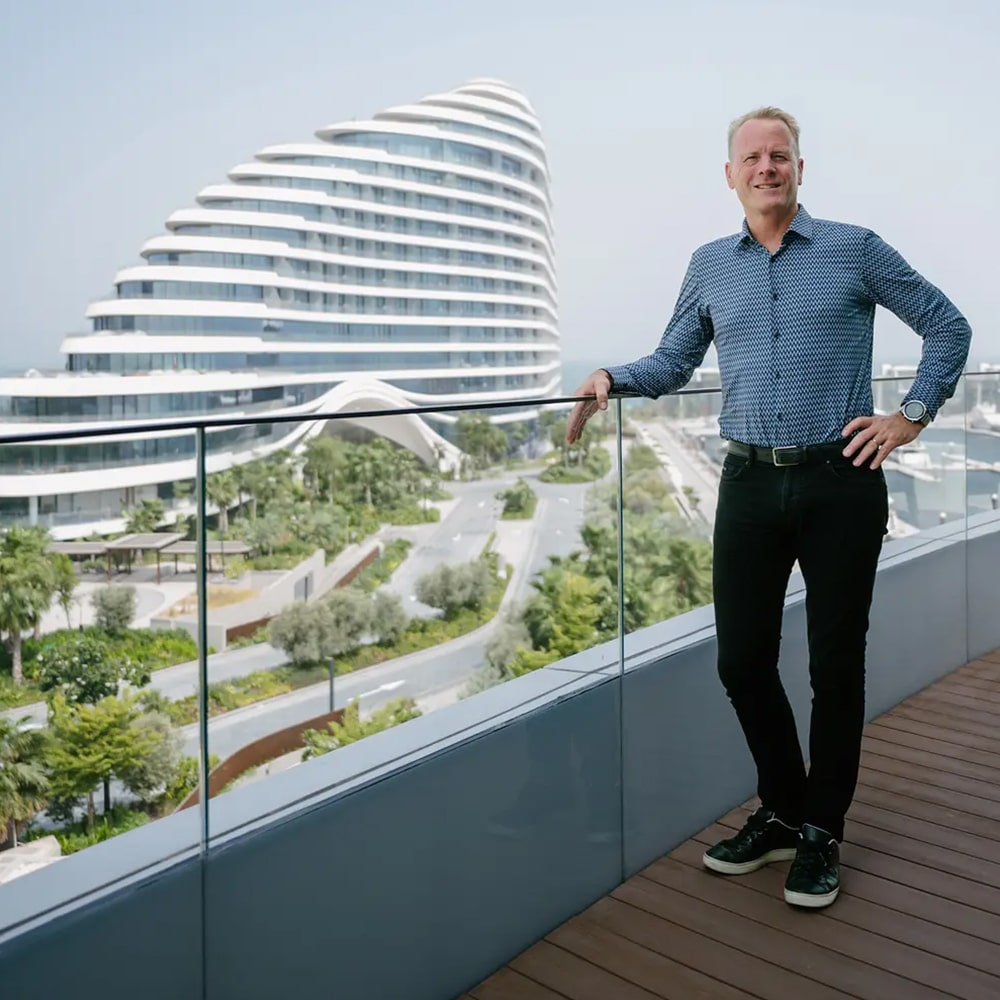
How do you envision the future of hospitality design in the Middle East, particularly in relation to the Jumeirah Marsa Al Arab project?
The future of hospitality design in the Middle East is poised to embrace a new era of luxury and innovation, and the Jumeirah Marsa Al Arab project is a perfect embodiment of this vision. As the region continues to evolve as a global hub for tourism and business, there is a growing demand for hospitality experiences that are not only luxurious but also deeply connected to the local culture and environment.
The Jumeirah Marsa Al Arab project exemplifies this approach by seamlessly blending modern design with a profound sense of place. This development is not just about creating a luxurious space; it’s about crafting an experience that reflects the unique identity of the Middle East. From the architecture to the interiors, every element of the project is designed to evoke a sense of wonder and discovery, offering guests an immersive experience that goes beyond traditional notions of luxury.
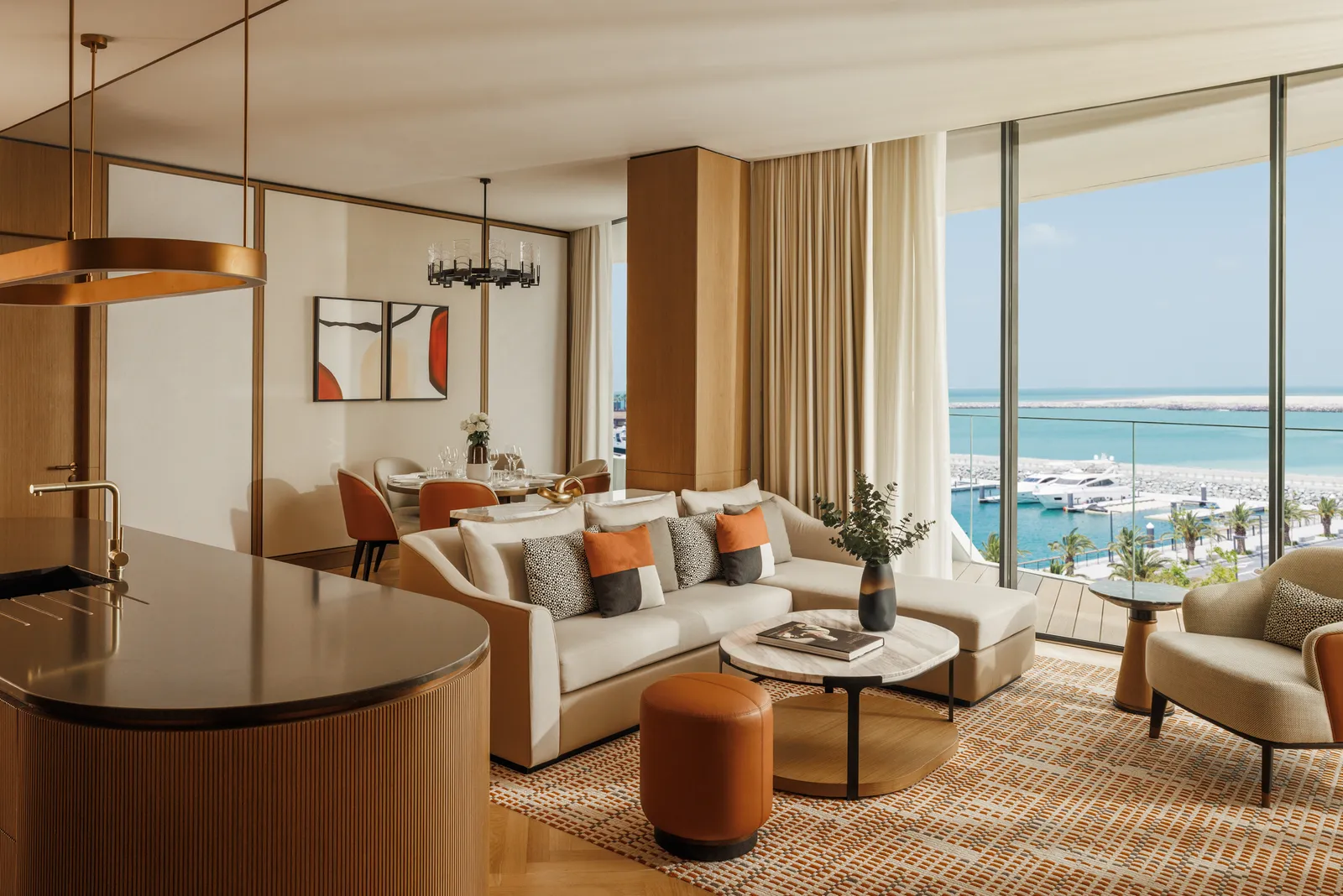
Looking ahead, I envision hospitality design in the Middle East to increasingly focus on sustainability, wellness, and cultural authenticity. Projects like Jumeirah Marsa Al Arab will lead the way by setting new standards for what it means to offer a truly exceptional guest experience —one that is both innovative and deeply rooted in the region’s rich heritage. This holistic approach to design will not only enhance the appeal of the Middle East as a destination but also redefine the future of luxury hospitality on a global scale.
Infrastructure Development
The UAE’s ambitious goal for 2050 is to achieve near-net-zero energy for its cities, a target that, while challenging, is within reach and could serve as a global benchmark once realised. To align infrastructure development with these green goals, we anticipate a significant shift towards integrating renewable energy sources, such as solar and wind, into every facet of urban planning and construction. The emphasis will not only be on achieving energy autonomy but also on ensuring that environmental sustainability is deeply embedded in the fabric of the cities.
Beyond energy efficiency, there will be a strong focus on enhancing the overall well-being of residents. This means that infrastructure development will increasingly incorporate green spaces, promote active lifestyles, and foster community engagement. Smart technologies will play a crucial role, enabling more efficient resource management and reducing the environmental footprint of urban areas. The approach to infrastructure will also prioritise resilience, ensuring that cities are equipped to handle the impacts of climate change while maintaining a high quality of life for their inhabitants.
In summary, the evolution of infrastructure development in the UAE will be characterised by a holistic approach that combines cutting-edge technology, renewable energy, and sustainable urban design to meet the country’s ambitious green goals while setting a precedent for cities around the world.
